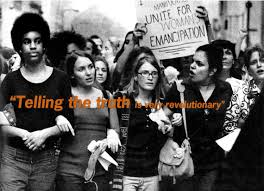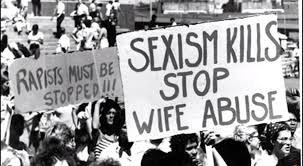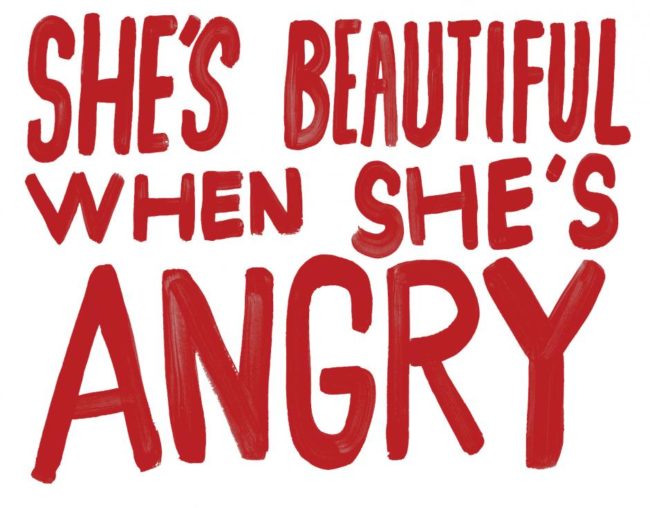She’s Beautiful When She’s Angry
She’s Beautiful When She’s Angry is a colorful interpretation of the Women’s Liberation movement started in the late 1960s. With the possibility of the first female President of the United States on the horizon, and living in a civil rights era of our own, this movie is timely. It shows how much of a difference ordinary people working together for a common cause can make.
 Life as a woman in the 1960s is incomprehensible for a woman living in today’s world. At that time a woman’s success depended on her husband and her children. Job ads were overt in their sexual nature. One example mentioned in the film was “for a sexy secretary who would have the opportunity to work for a handsome man and the possibility of marriage as a final reward”. It was also not uncommon to be pinched or cat-called, and birth control was illegal in most states.
Life as a woman in the 1960s is incomprehensible for a woman living in today’s world. At that time a woman’s success depended on her husband and her children. Job ads were overt in their sexual nature. One example mentioned in the film was “for a sexy secretary who would have the opportunity to work for a handsome man and the possibility of marriage as a final reward”. It was also not uncommon to be pinched or cat-called, and birth control was illegal in most states.
Women who were involved in other movements involving men - like the New Left - began to see they were not valued the same. When they attempted to speak up for themselves they were threatened with violence. This was the catalyst for creating their own equal rights groups using other civil rights groups as their blueprint.
Women organized and demonstrated in the streets. They used the same sexist tactics against men that had been used against them. One woman decided that she was tired of seeing men acting like misogynists, using street harassment to create ‘Ogle Day’, where she would follow men, make loud comments, and attract attention. The activists burned their college degrees. They taught themselves the history of women, and at their meetings they examined each other to learn more about their bodies. The examinations they were performing on each other created a book called ‘Our Bodies, Ourselves’ which is still published today.
 These women spoke up for one another. Their attitudes were radical and unapologetic. They used their anger to equal their action. Authors like Ntozake Shange and poet Susan Griffin helped to express the feminist point of view. The iconic book The Feminine Mystique was credited with changing the lives of many women. They also protected one another particularly when it came to abortion. Women who sought abortions at that time could be charged with felony murder, prompting a group of women to create a movement called ‘Ask for Jane’ which helped women have an abortion without the fear of going to jail or dying at their own hands.
These women spoke up for one another. Their attitudes were radical and unapologetic. They used their anger to equal their action. Authors like Ntozake Shange and poet Susan Griffin helped to express the feminist point of view. The iconic book The Feminine Mystique was credited with changing the lives of many women. They also protected one another particularly when it came to abortion. Women who sought abortions at that time could be charged with felony murder, prompting a group of women to create a movement called ‘Ask for Jane’ which helped women have an abortion without the fear of going to jail or dying at their own hands.
This revolution was not without its problems. Often other groups were created because they were marginalized within the Women’s Liberation movement. Black Women’s Liberation and Lavender Menace – women for the LGBQT community were established. In addition, women outside the movement spoke out against them. Even the FBI planted women in the movement to watch them and to report their actions.
This was an excellent documentary. They used music, articles, re-enactments, and the women of the movement to illustrate what it was like to be in that moment. Most interesting was the older footage that the filmmakers used to illustrate how difficult this revolution was and the tactics they employed. It was funny, emotional, and raw.
The quote that stands out the most was “No victories are permanent.” In the end, while these extraordinary women were triumphant in opening doors and changing laws like Roe vs. Wade, the fight for equality is nowhere near over.


